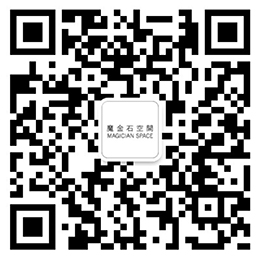Karen Smith | Liang Wei
This post is also available in:
 简体中文 (Chinese (Simplified))
简体中文 (Chinese (Simplified))  English
English
In the early years of her career, the focus of Liang Wei’s painting was the city, which she depicted through the overlay of lines and block-like geometric shapes as a dense urban environment. The impulse to reflect the change sweeping across an urban landscape was intuitive then, but also prescient. Being based in Beijing in the run up to the 2008 Olympics, Liang Wei was caught in its midst. The cold and forbidding aura she infused these futuristic compositions with, is a measure of the extent of the change that unfolded.
Liang Wei’s recent works reflect a new type of change. The recent decade has seen a major leap in technologies, specifically those related to giving vision and form to virtual reality. In film, on screen, as a game or piece of entertainment, “virtual” is less and less manmade in appearance. As a result, the applications for image-making, the tools for manipulation offer an artist infinite possibilities for experimentation. In 2015, with a range of resources at her fingertips, and where the elements and details could be extracted from a virtual plane, Liang Wei began rethinking the means of inventing her own pictorial worlds on canvas. As if to highlight the idea of the worlds in her two-dimensional compositions as being “nowhere” in a physical or geographical sense, the backgrounds are non-descript. They appear to be white, but that is an illusion. Beneath, may lie several layers of colour. The use of lines remains a core element of her approach but, today, they are clearly less graphic, or machine-made in their form, instead they flow, undulate, in a more personal or emotive way. They still carry some flavor of a blueprint, but there are no boundaries to the shapes that may remain, or to any of the things that were part of the initial inspiration.
In this way, Liang Wei deconstructs any sense of form, object or place in the works, more properly described as drawings. “The goal is to express not describe,” she explains. Even where lines feel descriptive, she denies them the function of describing anything we might identify. The inspiration may be robotics, machines, or technology. Looking closely, we may think we see the shadows of people moving, in combat, engaged in activities that feel familiar. This is a perfect example of our brain combing through our visual and sensory archive to project a coherent picture to us, to impose order on what we see to help us understand, comprehend and move on uninterrupted. British philosopher David Hume (1711-76) argued that the mind postulates external objects in order to explain the regularity of experiences: repeated or regularly occurring similar experiences encourage us to make assumptions, to connect dots, and draw conclusions. In her work, Liang Wei wants to create a disruption; through that mechanism you enter into her domain where we find our mind connecting lines to forge forms, and structure a world after our own imagining and sensory experience.
The titles Liang Wei gives to the works are also evocative, and formed, like the drawings, from external elements that appeal to her, and that she extracts from their original context to recombine with other similar fragments drawn from multiple different sources. What is striking is how Liang Wei’s completely contemporary way of working and the material resources into which she delves can end up with an aura similar to early (Chinese) landscape paintings. This, too, is illusion, the result perhaps of the tools she uses, such as watercolour pencils, water-based marker pens and, occasionally, ink pens; wholly contemporary tools put to completely timeless effect.
